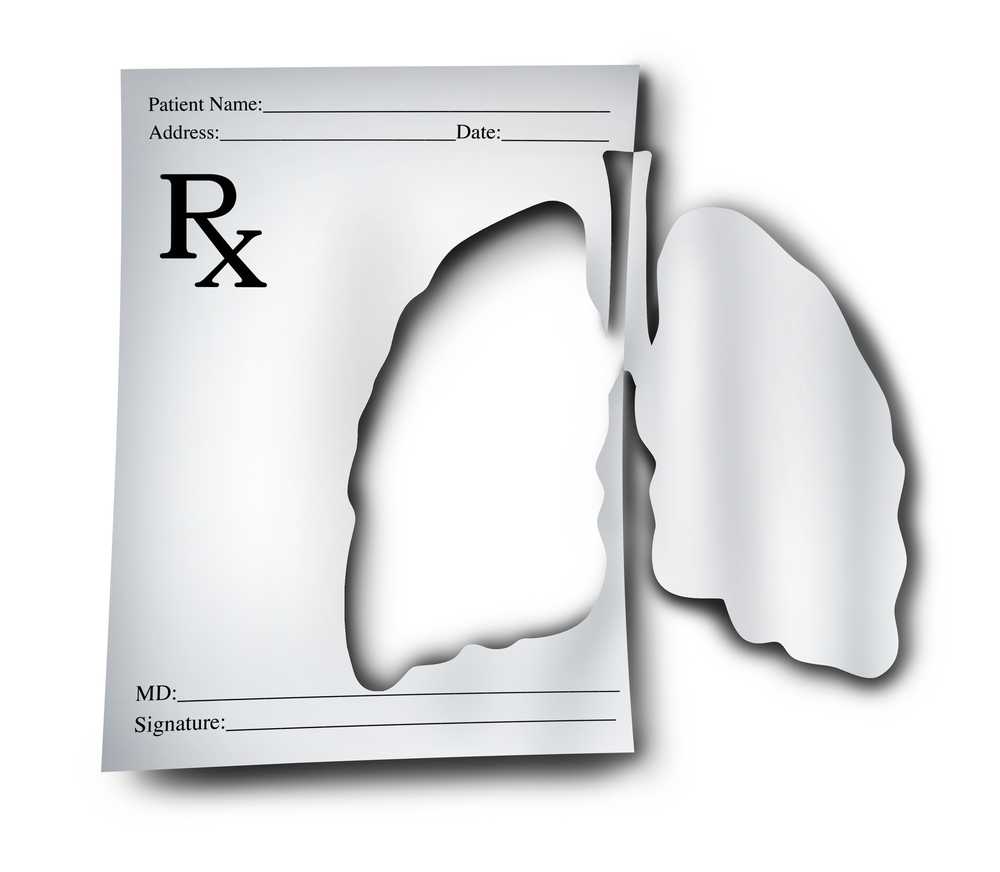Potential Treatment for Lung Transplant Fibrosis Stops Cancer-like Stem Cells

A molecular cascade that prompts stem cells used in lung transplants to drive fibrotic processes is responsible for the low survival rates of patients who obtain transplants, according to a study.
The research also identified potential treatments to slow the fibrosis or scarring process. The good news is that is that the therapies are already in clinical trials for other conditions, so they can be tested in lung transplant patients soon, the research team said.
The study, “Autocrine lysophosphatidic acid signaling activates β-catenin and promotes lung allograft fibrosis,” is an excellent example of research being translated from the bedside to preclinical drug discovery, then back to patients again. The report was published in the Journal of Clinical Investigation.
“Survival of lung transplantation is worse than all other solid organ transplants,” Vibha Lama, MD, the study’s senior author, said in a press release. “The five-year survival rate is only 50 percent, and the 10-year survival rate is as low as 20 percent,” said Lama, a professor of internal medicine at the University of Michigan Health System.
“For me to tell my patient that this second chance at life comes with this critical limitation is incredibly hard,” added Lama, who is also an associate chief of basic and translational research at Michigan Medicine’s Division of Pulmonary and Critical Care Medicine.
Researchers know that once new lungs are in place, the small airways will start scarring, eventually becoming completely blocked.
The process is inherent in all lung transplants. It not only affects patients with pulmonary fibrosis, but also those receiving a transplant for conditions such as cystic fibrosis and chronic obstructive pulmonary disease (COPD). Researchers refer to the process as bronchiolitis obliterans syndrome, or BOS.
“The patient will begin to have shortness of breath again, like they did before the transplant, and this scarring can lead to graft problems and ultimately death in some patients. Right now we have nothing to prevent or stop this scarring process once it begins,” Lama said.
Cancer-like stem cells
Lama and her team compared cells from the bronchoalveolar washing fluid of patients with BOS with cells from patients who had yet to develop the syndrome. Doctors obtained the cells by inserting a small amount of fluid into the lungs, then re-collecting it.
The researchers had previously discovered that in patients who had just received transplants, mesenchymal stem cells start appearing in the lungs.
In the new study, they discovered that mesenchymal stem cells in patients with BOS were activated, driving a relentless production of collagen protein. When the stems cells were put in a lab dish, they continued behaving in this abnormal way, even when no external fibrosis-driving signals were present. They also had the ability to activate other stem cells to drive fibrosis.
A thorough analysis allowed the team to identify the molecular cascade that kept the cells activated. The cascade, which involved a molecule called autotaxin, acted as a self-reinforcing pathway: It both produced a factor that triggered collagen production and acted to produce more autotaxin.
“What’s so fascinating about this is that it means the cell no longer needs an inflammatory environment, or stimulation in its environment, to produce the collagen,” Lama said. “That’s extremely novel because we have never thought of these cells as essentially cancer cell-like in nature, but they are regulating their own behavior like a cancer cell does.”
The researchers said the findings explain why it is so difficult to stop the fibrotic process in transplanted lungs once it has begun. “They have already begun not listening to anything around them,” Lama said, referring to the activated stem cells.
Treatment outlooks
Identifying the molecular chain driving this behavior allowed the researchers to search for drugs that could disrupt the signaling, and stop the scarring.
They identified two compounds. The first, PF-8380, inhibits autotaxin, an enzyme producing a compound called lysophosphatidic acid that triggers collagen production. The second, AM095, blocks the receptor for lysophosphatidic acid.
In a mouse model of a lung transplant, the team showed that the two drugs largely prevented the fibrotic processes that lead to rejection of a transplant.
“Drugs targeting this pathway, such as autotaxin inhibitors and LPA1 [lysophosphatidic acid 1] receptor antagonists, have already been developed and are in clinical trials for other fibrotic conditions of the lung, such as idiopathic pulmonary fibrosis,” Lama said. “Now we hope that we can consider similar therapies in BOS, a disease where we have no therapeutic options.”
But the findings also suggest that immunosuppressive treatment may not be enough after a lung transplant. Lama hopes the team’s work prompts transplant physicians to consider using antifibrotic therapies to treat patients who receive lung transplants.
“These findings suggest that understanding the pathways that activate a mesenchymal cell and targeting them is crucial if we want to contain the progression of BOS,” Lama concluded.







